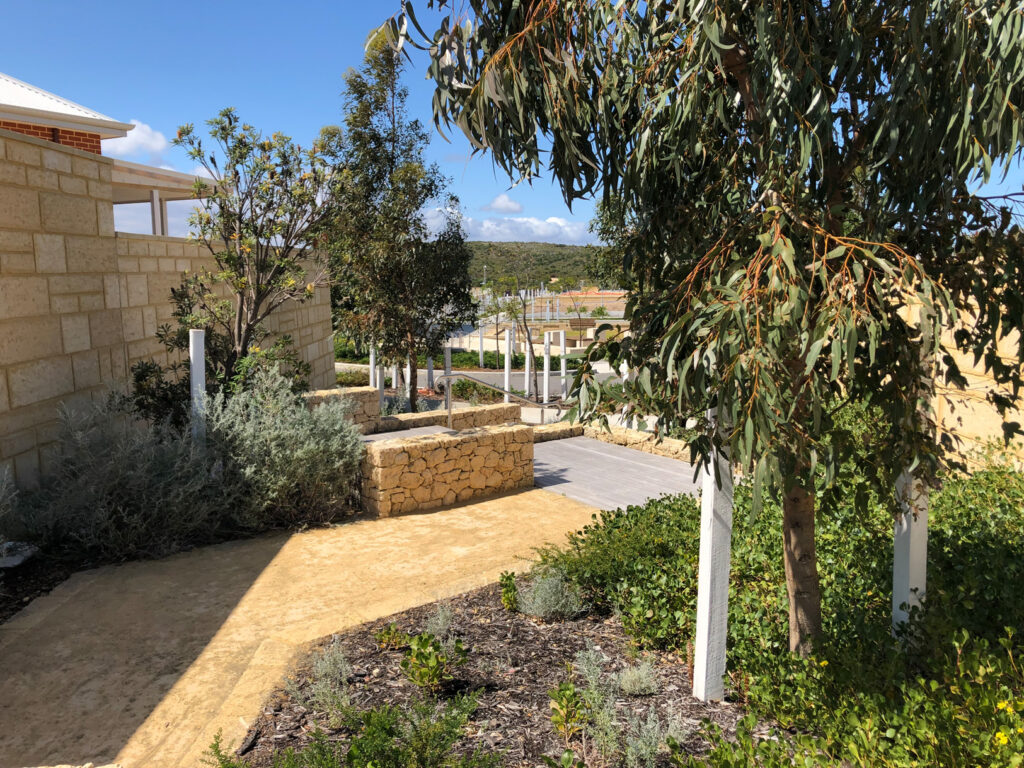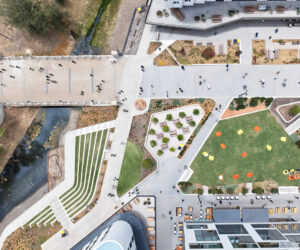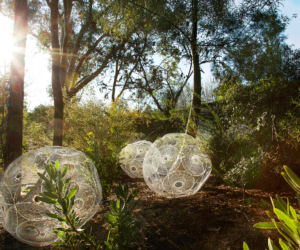Urban designer calls for a shift to greener, self-sufficient neighbourhoods
The recent change in the way people live, travel and work presents a unique opportunity for urban developers and designers to improve issues such as the liveability of our neighbourhoods and access to public spaces. A Perth urban designer says there has never been a more relevant time for neighbourhood design strategies to offer solutions to complex living issues to ensure communities are more equitable, greener, and self-sufficient.
Lucian Iacob is Perth Principal and urban designer at RobertsDay, a multi-award-winning urban planning and design consultancy with studios in most major Australian cities. He says: “The pandemic will leave behind a generational shift in our collective mindset about the fragility of life, our vulnerability, interconnectedness and the need to adapt quickly. Together with the ongoing challenge of climate change and environmental action, the effects of COVID-19 has solidified the importance of creating more sustainable, resilient and liveable communities.”
Conventional patterns of suburban sprawl have become a topical issue in regards to car dependency, energy consumption, limited lifestyle choices and impacts on the natural environment. Lucian says developers are best to focus on creating self-sufficient neighbourhoods that reduce emissions and support a more sustainable way of living.
“With the world in a temporary pause, now is the best time to plan and adjust the way we approach neighbourhood design. Considering projects in this new context will give developers a competitive edge and will ensure that the development industry can continue to make meaningful contributions to broader issues and improvements to how we live.”
Lucian outlines three ways developers and planners can shift their approach to neighbourhood design to promote more sustainability and adaptability, post-pandemic:
- Design with nature in mind. The pandemic has caused a rediscovery of the importance of access to public spaces and natural landscapes. The environment and natural systems should become a central focus of neighbourhood design, and developers should consider a more seamless integration of development and the natural environment. Developers and planners can begin by modifying neighbourhoods to incorporate and celebrate natural attributes including landform, ecological linkages, riparian corridors, and tree retention, in more respectful and responsive ways. This can create a strong sense of place and drive unconventional design approaches to attract markets that are seeking a greener lifestyle.
- Promote self-sufficient living and provide lifestyle choices. The convergence of COVID-19 and climate change has heightened our awareness of the importance of self-sustainability to our survival, causing many buyers to adopt a ‘living local’ mindset. As a result, the need for domestic food production, interconnected living, and opportunities to supplement family incomes will drive a shift towards larger lots and dwellings, which offer greater opportunities for self-sufficiency. Neighbourhood designs should incorporate a more pronounced range of lot sizes and do so in a way that is compact and efficient to ensure easy access to local services and amenities. This could result in lower-traffic congestion and reduce our carbon footprint. However, given the economic downturn, housing affordability also continues to influence buyer preferences. This will simultaneously drive demand for granny flats, dual key occupancy and new compact housing designs that can accommodate flexible living and working arrangements.
- Design ‘equitable’ streets that foster community connection. Developers often overlook street design as a critical element in neighbourhood designs. Streets have a significant impact on the liveability and lifestyle of a neighbourhood. However, they are typically designed as spaces for vehicles with little consideration given to pedestrians or cyclists. Building more equitable streets – spaces that can simultaneously accommodate a range of transport options and activities – will promote community connection and can be linked to green design interventions to address broader environmental issues. Developers and planners should embrace bespoke street designs with informal places to sit, staggered lot boundaries and breakout spaces on street corners, shared carriageways, no truncations, reduced kerb radii, generous street tree planting, edible plant and tree species, and creative approaches to engineering, drainage and landscape designs.
With complex liveability and environmental challenges continuing to be topical issues, it is more important than ever for policymakers, planners, and developers to adopt a green mindset and create sustainable neighbourhoods which can safeguard our communities.



